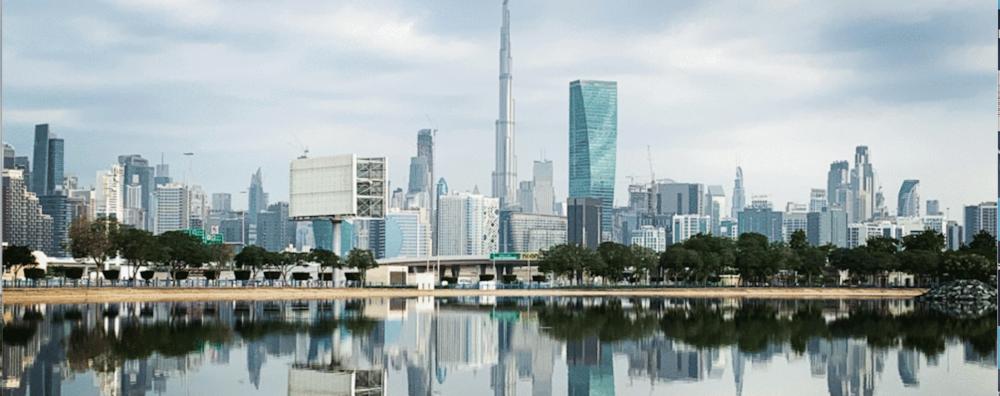
I’d been mulling getting vaccinated for several weeks, but didn’t really fancy the enormous queues at Dubai Parks and Resorts field hospital. When it first opened, huge numbers of people waited for hours in their cars as Dubai Police officers guided them to the hospital in batches, 40 vehicles at a time.
But then I started to hear that more vaccine centres had opened, and that getting vaccinated was easy and quick. I can vouch that it was! And as an epi-pen carrier who had good reason to be worried about a bad reaction (more on my anaphylactic tendencies here), I can honestly say I’m so glad I’ve done it!
My thought process was that Covid seems rampant just now, with outbreaks at work and my kids’ school, and so many friends of friends getting infected. But there was more to my decision: I want to be part of the solution to this dreadful pandemic so we can all live and be well. By being a teeny tiny piece in the most complex Covid jigsaw, perhaps I could help humanity in its journey towards herd immunity (or community immunity is probably the more PC term). I’ve felt pretty powerless throughout this crisis, and so getting vaccinated was the least I could do, because this microorganism we can’t see is destroying not just lives but also society.
On a personal level, I’m longing for the pandemic to be over, or at least contained. My pilot DH hasn’t worked since March 2020, and is now on a year of unpaid leave. I’m just so very, very tired of it all, and missing friends and family back home. Borders, meanwhile, are clamping shut again, closing off arteries to my homeland and any hope of my DH getting back to work anytime soon.
It was time to do something proactive.
The number of people milling around outside the vaccine centre this evening in the dark suggested anything but a quick and easy experience. I thought we didn’t stand a chance. But myself and Catherine the Great were waved through the gate. It was ladies and families only. You’ve gotta love this about Dubai.
I felt horrible for all the single men outside, though, many of whom were desperate to get the jab. The poor chaps – especially as men appear to be worse-hit when it comes to Covid. There was one group standing nearby made up of three men and a woman, clearly not a family. An attendant said to the female: “One woman can’t have three boyfriends, sorry!”
So she had to choose which male to take in with her.
I hope they have a male-only day soon.

To cut a long story short, it was all very well organised inside – more of a vaccine factory, with at least 30 vaccine stations and a seating/queuing arrangement reminiscent of a passport office. I was also reminded of musical chairs – as the rows of queues moved, you shuffled up a chair, bums on seats rotating fairly fast.
It truly was mass vaccination – at scale. It was also free (just your UAE ID card needed). Whatever doubts I’d had before about the Chinese Sinopharm vaccine had already lessened greatly – and I’m happy to say, it was painless and no side effects at all.
Nǐ hǎo!
Where to get vaccinated in the UAE
Dubai: Free Covid vaccine now at 120 centres; full list














